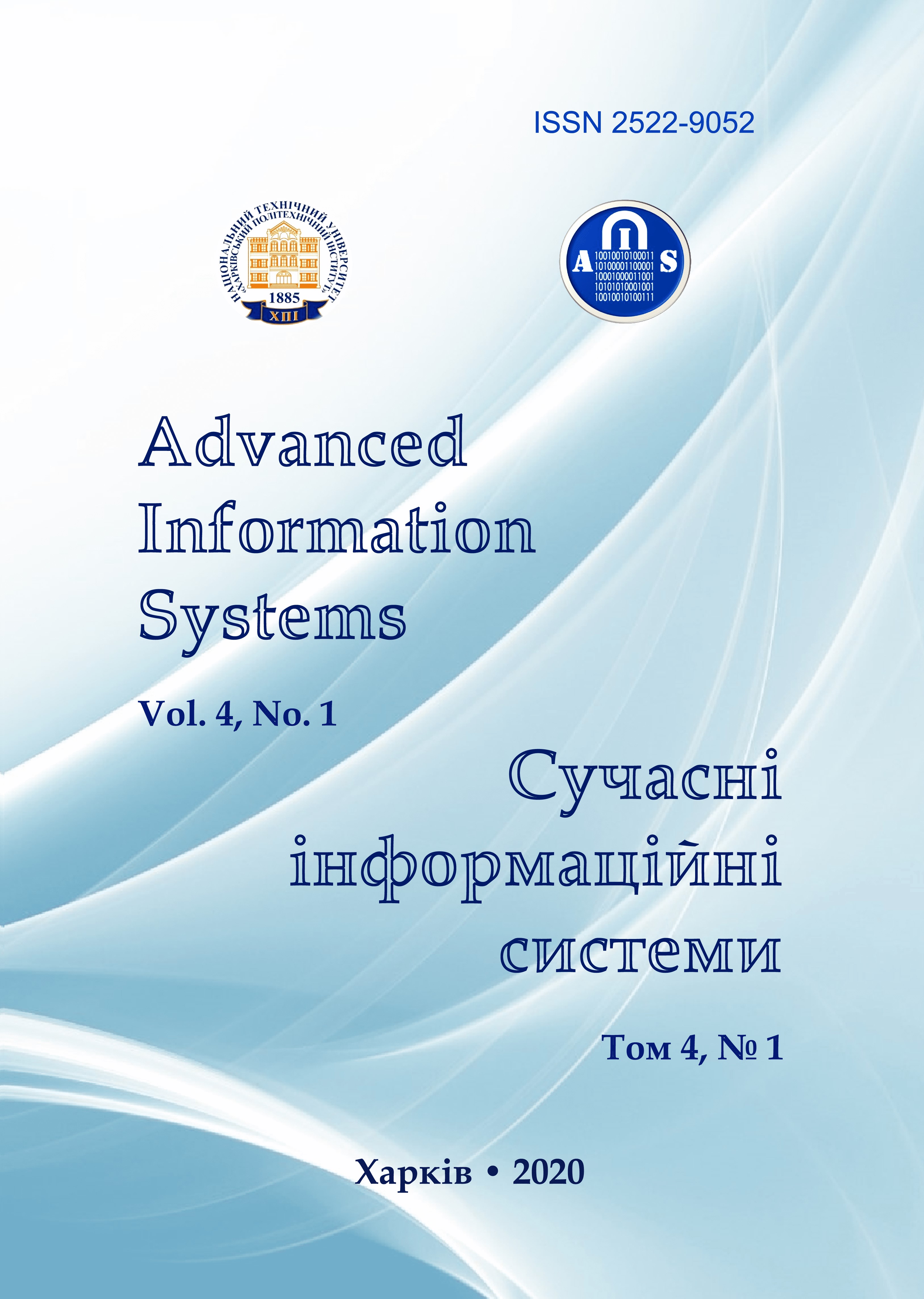METHOD OF ARRANGEMENTS OF EXPLORATION OBJECTS DURING THE EXPLORATION OF DATA
Main Article Content
Abstract
The effectiveness of the forces and devices of intelligence operations is determined by the number of intelligence objects discovered and the quality of intelligence obtained about them. In turn, these indicators depend on the degree of conformity of the results of the decision of the task of planning the use of forces and means of exploration, in accordance with the conditions of the operational situation. However, when the number of multiple reconnaissance objects is large, the existing reconciliation approach does not allow for adaptive, rational planning for the use of reconnaissance assets. The article proposes the solution of the actual scientific task of developing a scientific-methodical apparatus of the ranking of objects of intelligence in the assessment of the operational situation, in the interests of intelligence planning. The rank of an exploration object is calculated based on its qualitative and quantitative characteristics. The functional dependence of the rank of the intelligence object on its intelligence value and its identification with the operational environment is realized by a fuzzy artificial neural network. In the course of the research, the authors used methods of artificial intelligence, theories of information processing, the method of analysis of hierarchies and general scientific methods of analysis and synthesis. The result of the ranking procedure is the introduction of a plurality of scheduled intelligence objects into the order. Arranging multiple intelligence objects allows you to formalize and solve the quasi-optimal distribution of intelligence assets and forces. The practical significance of the study conducted by the authors is that the proposed method is appropriate to use in the development of software for decision support systems that are intended to solve the intelligence tasks of military forces of the national security and defense sector.
Article Details
References
Shyshatskiy, A.V., Bashkirov, O.M. and Kostina, O.M. (2015), “Development of integrated systems and data for Armed Forces”, Arms and military equipment, No 1(5), pp. 35-40.
Hatsenko, S.S. (2017), “Methodology for assessing the operational situation in automated control systems of troops under uncertainty”, Science and Technology of the Air Forces of the Armed Forces of Ukraine, No. 1 (26), pp. 101-105, DOI: https://doi.org/10.30748/nitps.2017.26.21.
Kalantaievska, S., Pievtsov, H., Kuvshynov, O., Shyshatskyi, A., Yarosh, S., Gatsenko, S., Zubrytskyi, H., Zhyvotovskyi, R., Petruk, S. and Zuiko, V. (2018), “Method of integral estimation of channel state in the multiantenna radio communication systems.”, Eastern-European Journal of Enterprise Technologies, Vol 5, No 9 (95), рр 60-76, DOI:
https://doi.org/10.15587/1729-4061.2018.144085.
Babul, V.A. and Sverbut, A.M. (2014), Control systems and radio engineering foreign armed forces, Minsk, 263 p
Kalantaievska, S., Malyk, O., Tiurnikov, M., Zhuk, P., Shyshatskiy, A. and Pikul, R. (2019), “Foundation the ways of radio electronic warfare devices development”, Advanced information systems, Vol. 3, No. 2, pp. 80-85, DOI: https://doi.org/10.20998/2522-9052.2019.2.14
Yakhno, I., Malyk, O., Hatsenko, S., Shyshatskiy, A. and Pikul, O. (2019). “Method of assessment of information availability of radio inflammation sources by devices of radioelectronic recognition, Advanced information systems, 2019, No. 3(1), pp. 98-103, DOI: https://doi.org/10.20998/2522-9052.2019.1.16
Shyshatskiy, A., Hordiichuk, V., Sergienko, V., Mishchenko, A. and
Pozdniakov, P. (2019), “Analysis of technical characteristics of the radioelectronic intelligence of the Russian Federation”, Control, navigation and communication systems, No. 1 (53), pp. 142-146, DOI: https://doi.org/10.26906/SUNZ.2019.1.142
Shyshatskiy, A., Yakhno I., Malyk, O. and Hatsenko, S. (2019), “Foundation of the factors affecting the planning and management of the radioelectronic developmen”. Control, navigation and communication systems, No.1 (53), pp. 162-167, DOI: https://doi.org/10.26906/SUNZ.2019.1.162
